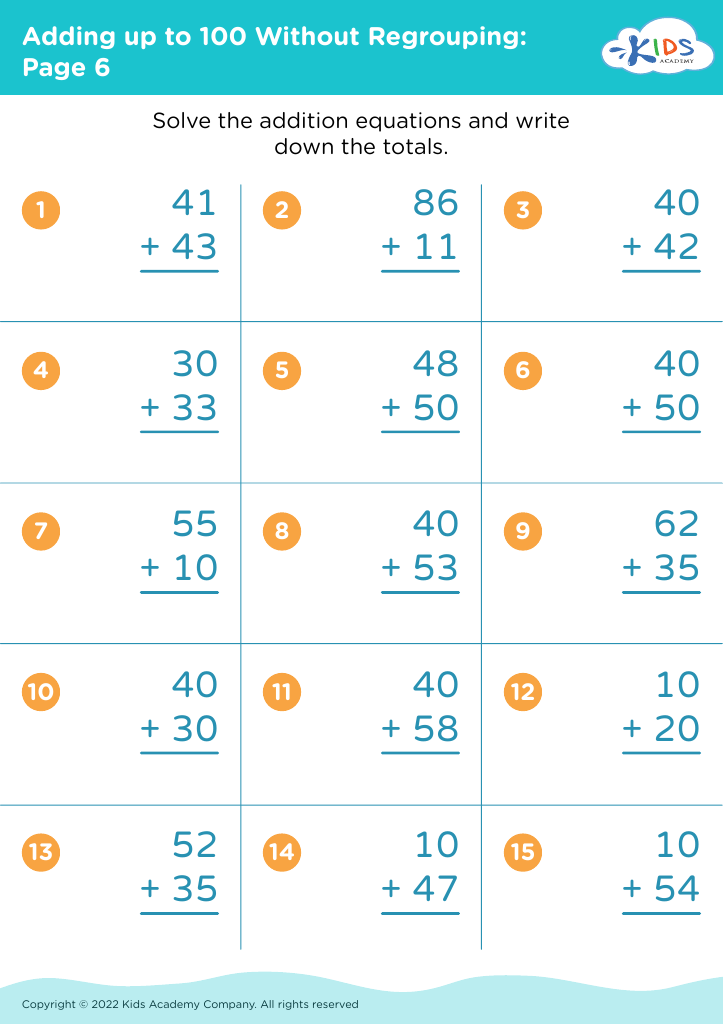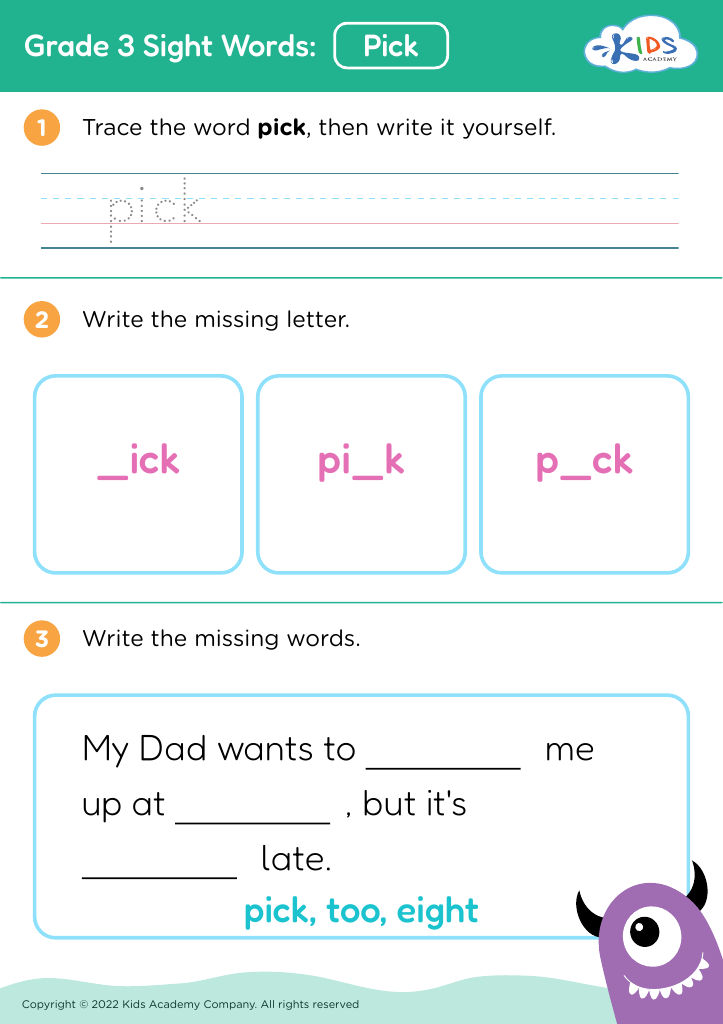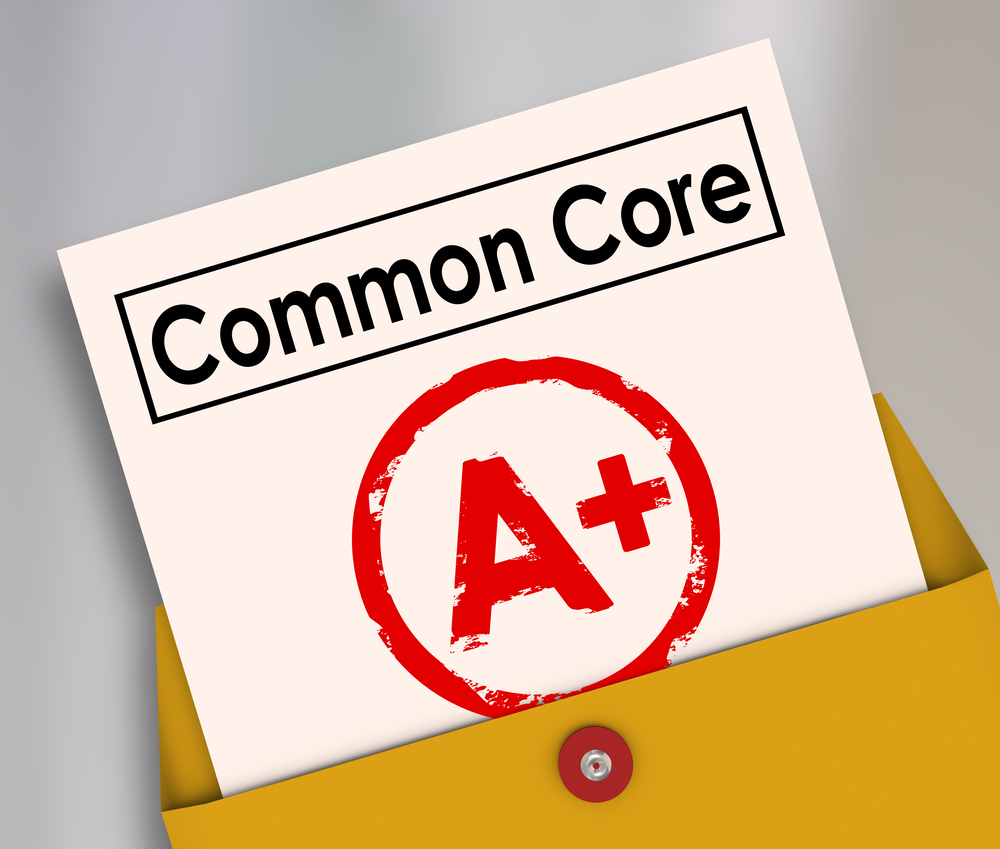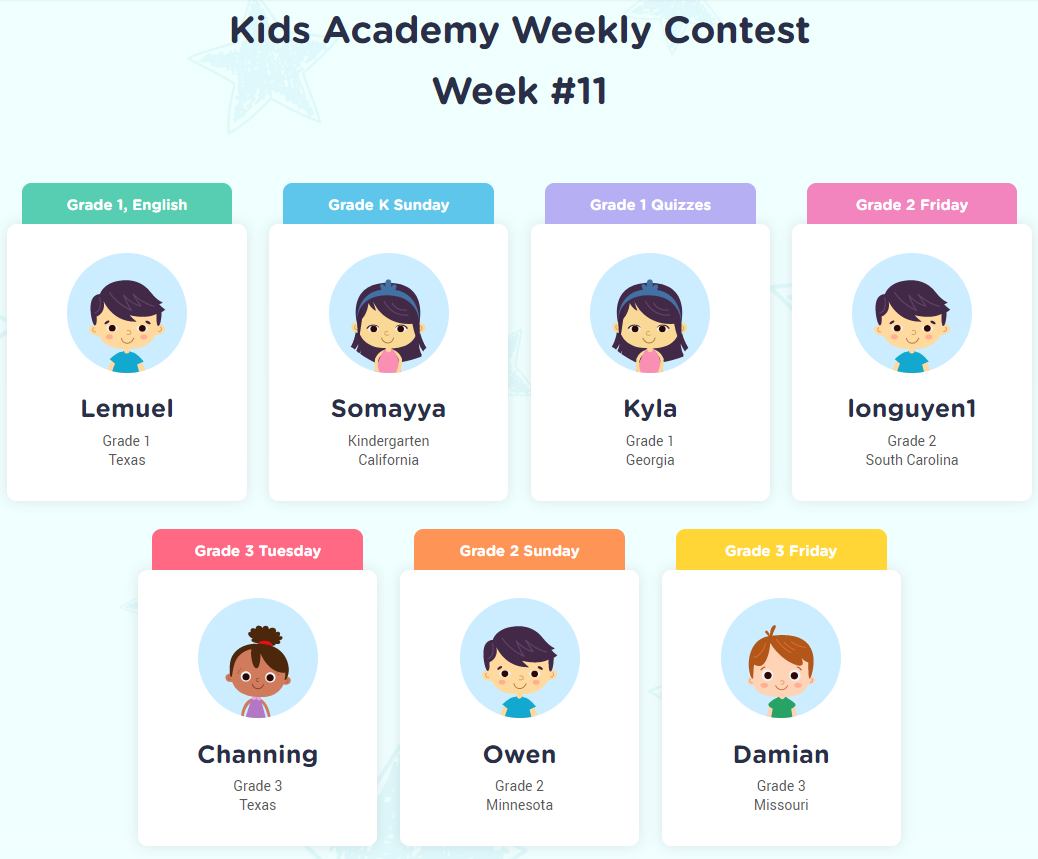Visual discrimination skills Worksheets for Kids
10 filtered results
-
From - To
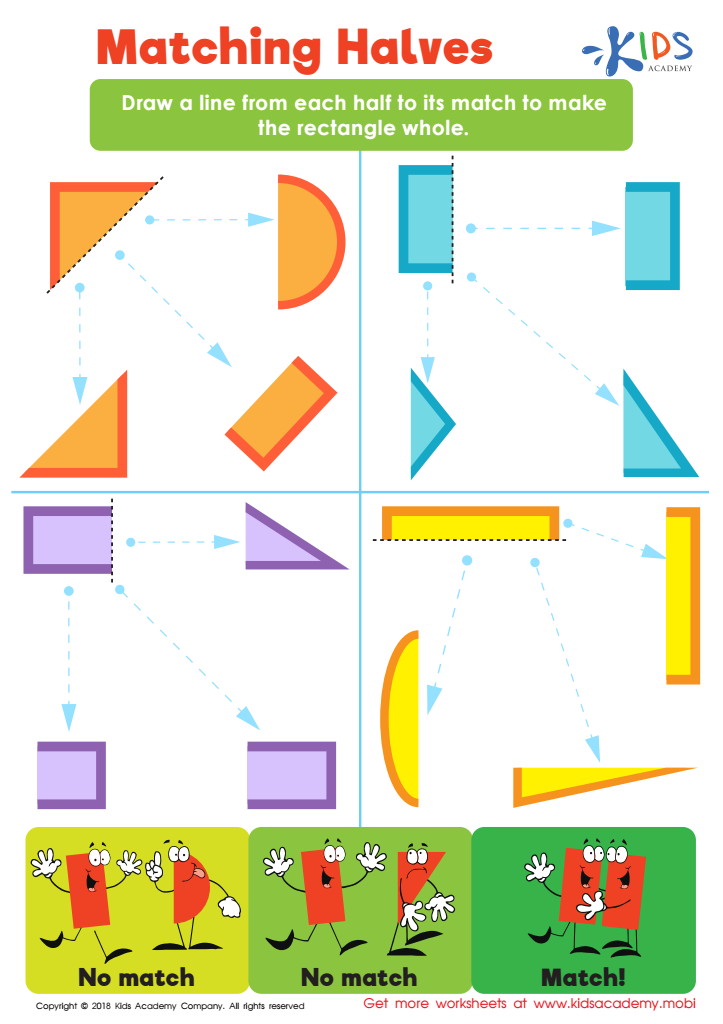

Matching Halves Worksheet
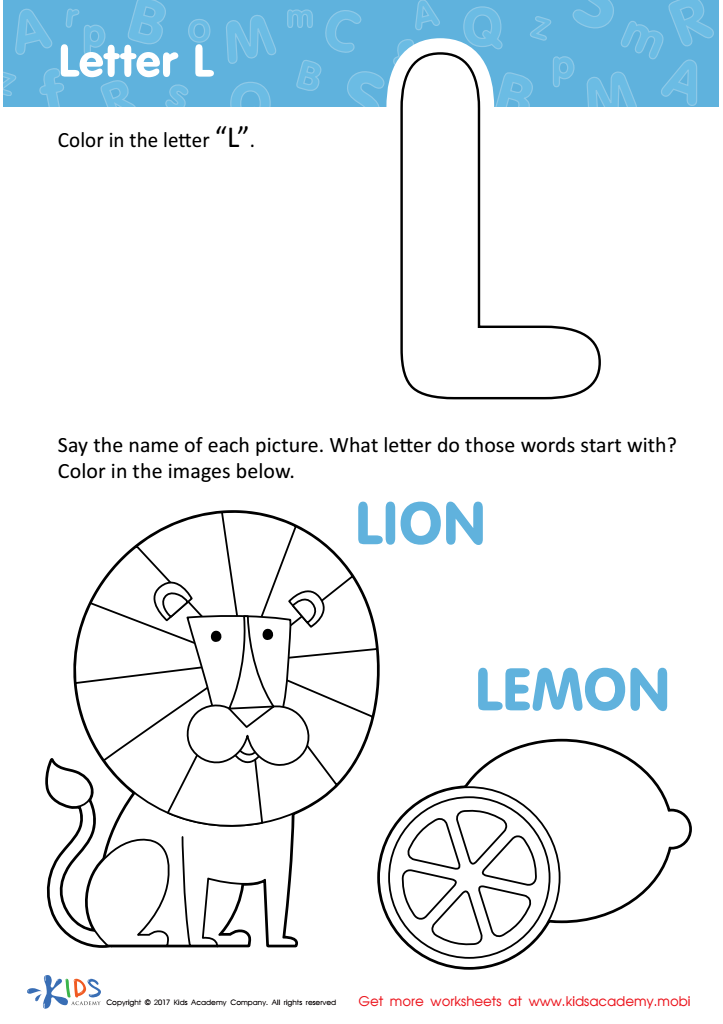

Letter L Coloring Sheet
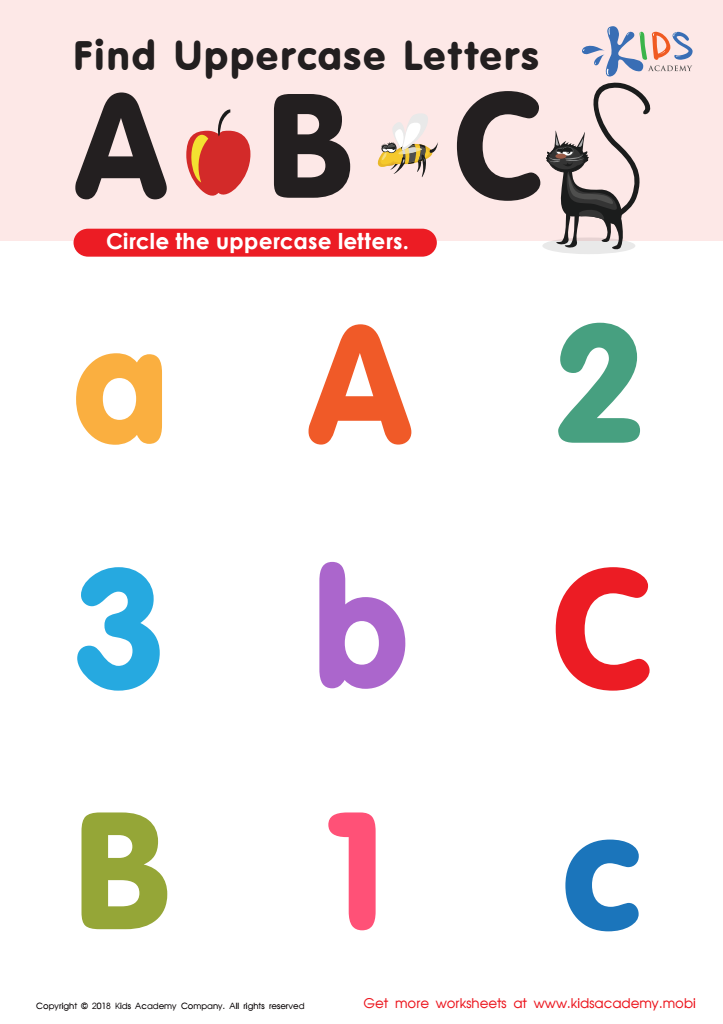

Find Uppercase Letters A, B, and C Worksheet
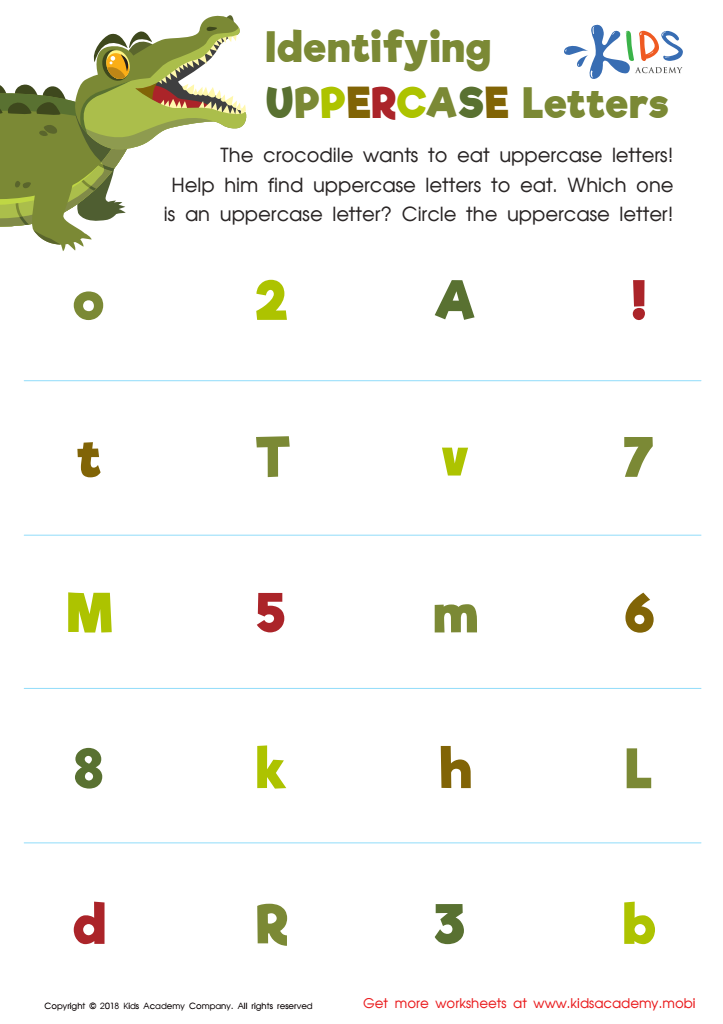

Identifying Uppercase Letters Worksheet
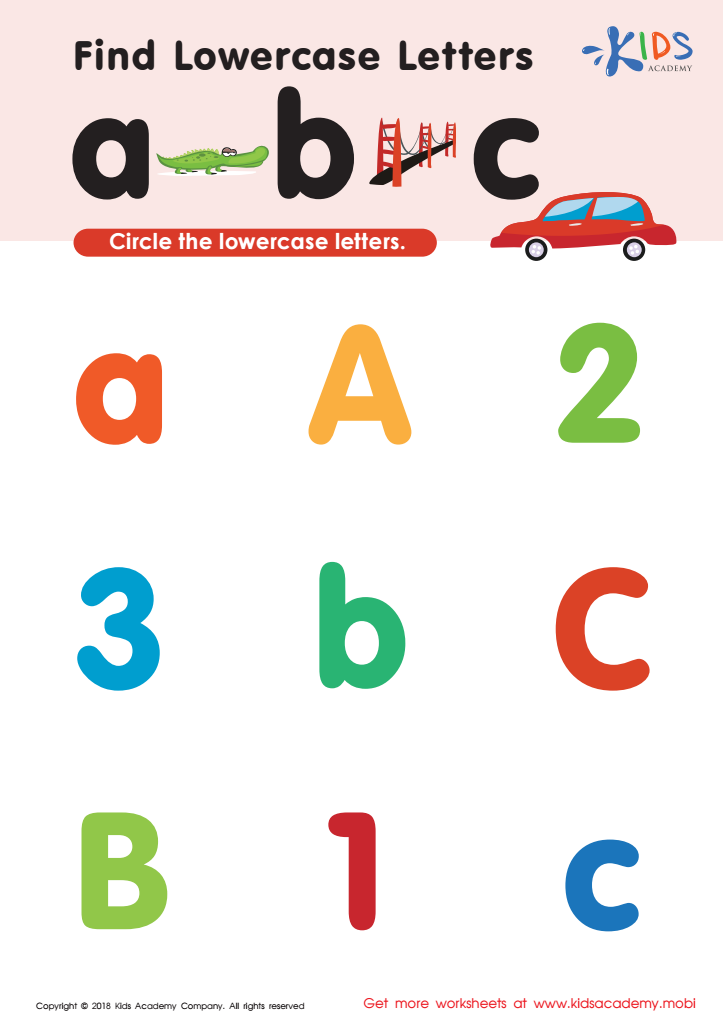

Find lowercase letters a b c Worksheet


Find Lowercase Letters v w x Worksheet
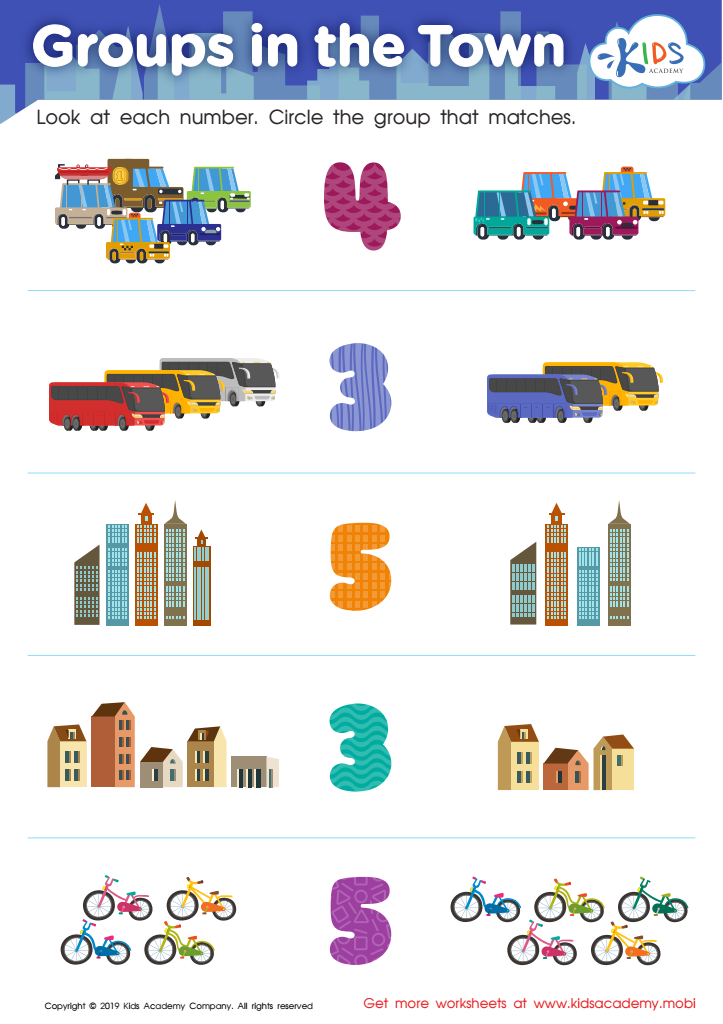

Groups in the Town Worksheet
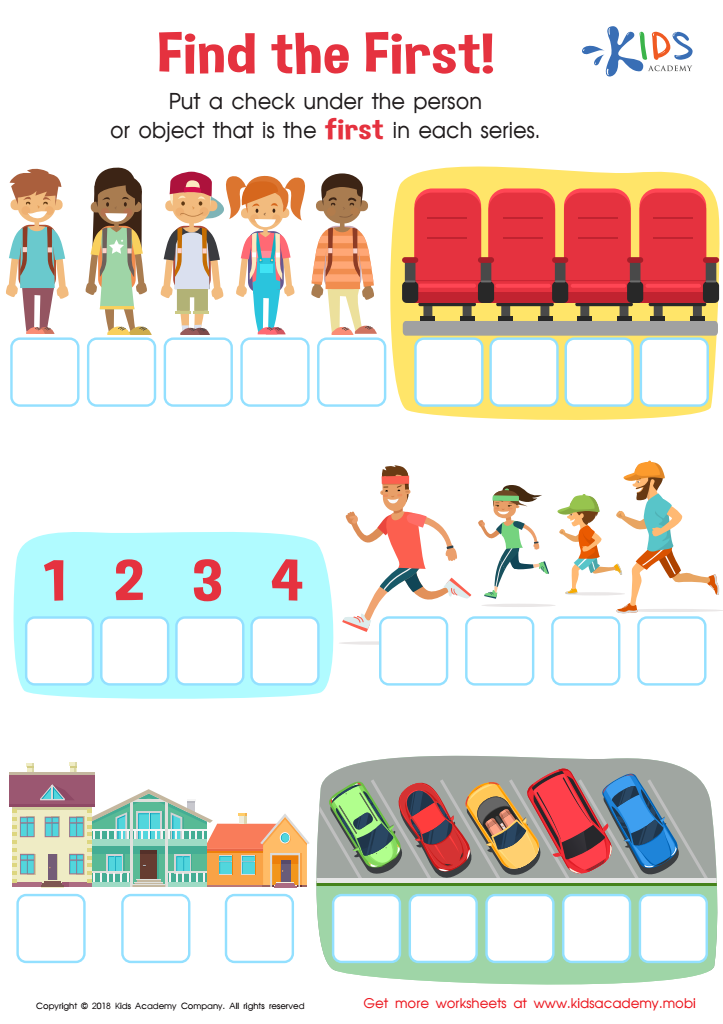

Find the First! Worksheet
Question/Answer
How to train the Visual discrimination skill in Grade 2 students learning about Geometry?
To train visual discrimination in Grade 2 students learning Geometry, use engaging activities like matching shapes, finding the odd one out in a group of shapes, and sorting shapes based on attributes (size, color, angles). Incorporate puzzles and games that require recognizing and distinguishing between shapes, and pattern blocks for hands-on manipulation and comparison.
Why is the Visual discrimination skill important for Grade 2 students?
Visual discrimination skill is crucial for Grade 2 students because it enables them to notice and compare the features of different letters, numbers, shapes, and objects. This skill is foundational for reading, writing, mathematics, and understanding symbols, helping them to differentiate between similar-looking letters and numbers, thus improving literacy, numeracy, and overall learning efficiency.
What does the Visual discrimination skill mean when it comes to Grade 2 Geometry learning?
Visual discrimination in Grade 2 Geometry learning refers to the ability of students to notice similarities and differences between shapes, sizes, patterns, and other geometric features. This skill is crucial for identifying, comparing, and contrasting various geometric figures, helping students to understand geometric concepts and relationships more effectively.
 Assign to the classroom
Assign to the classroom
